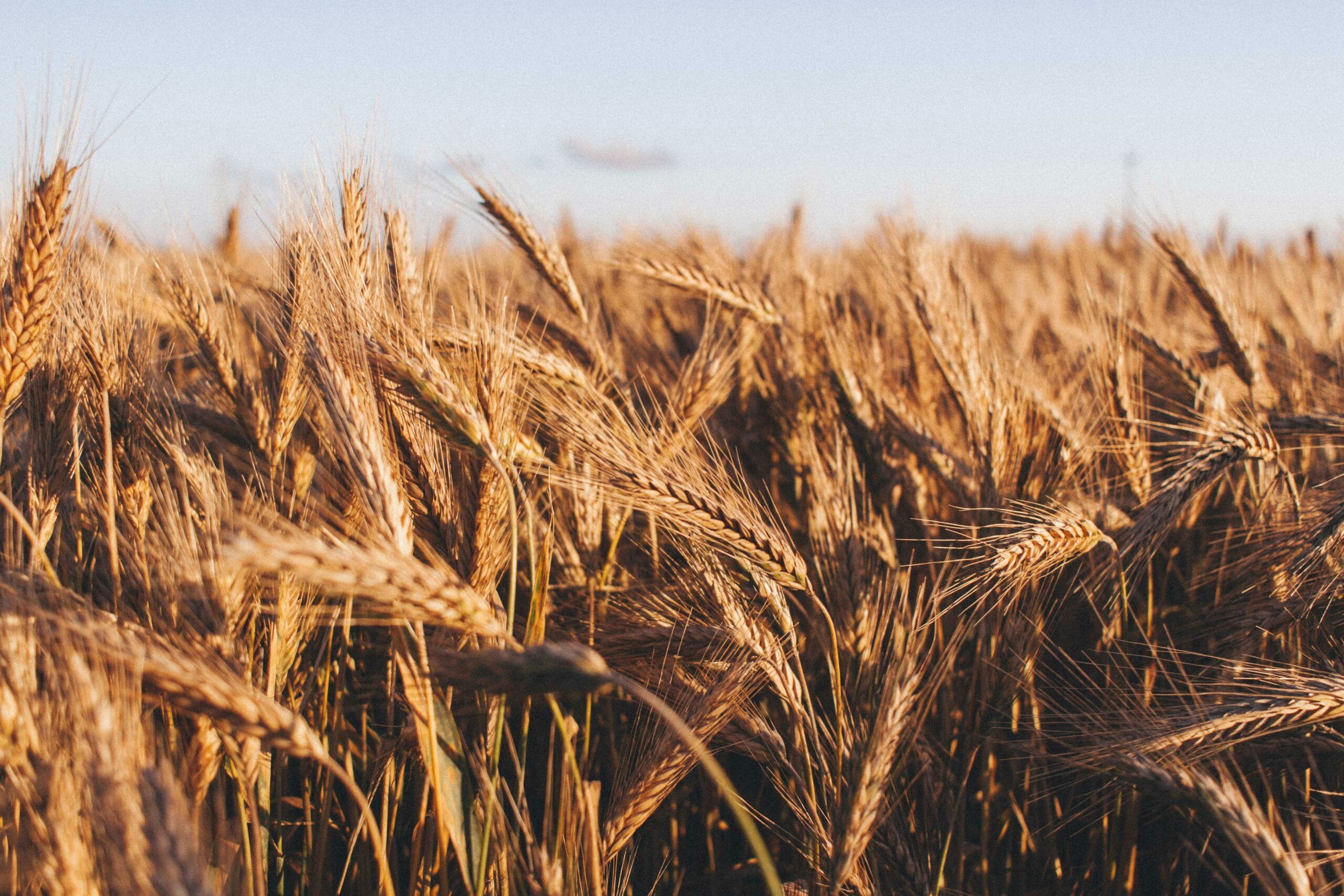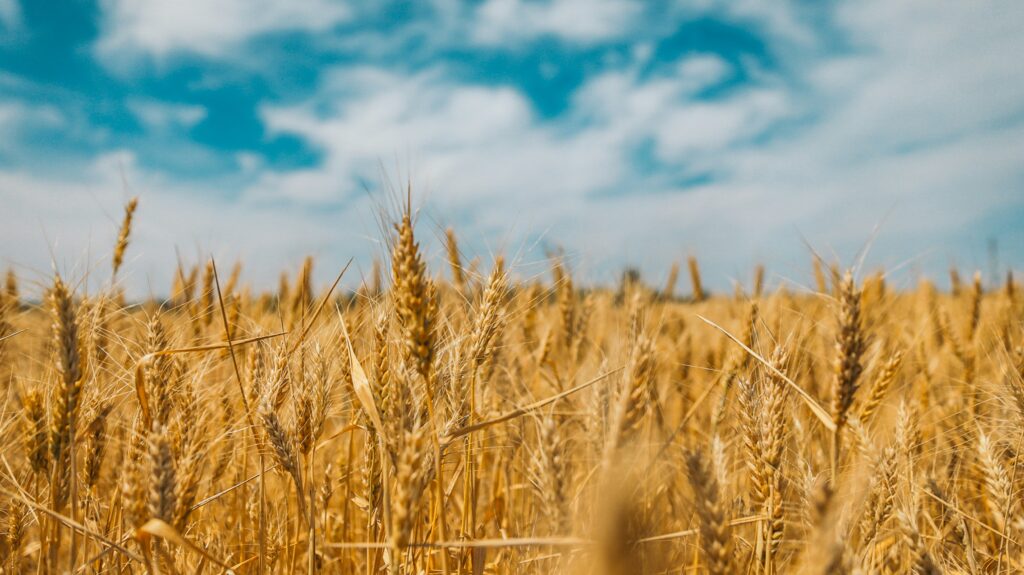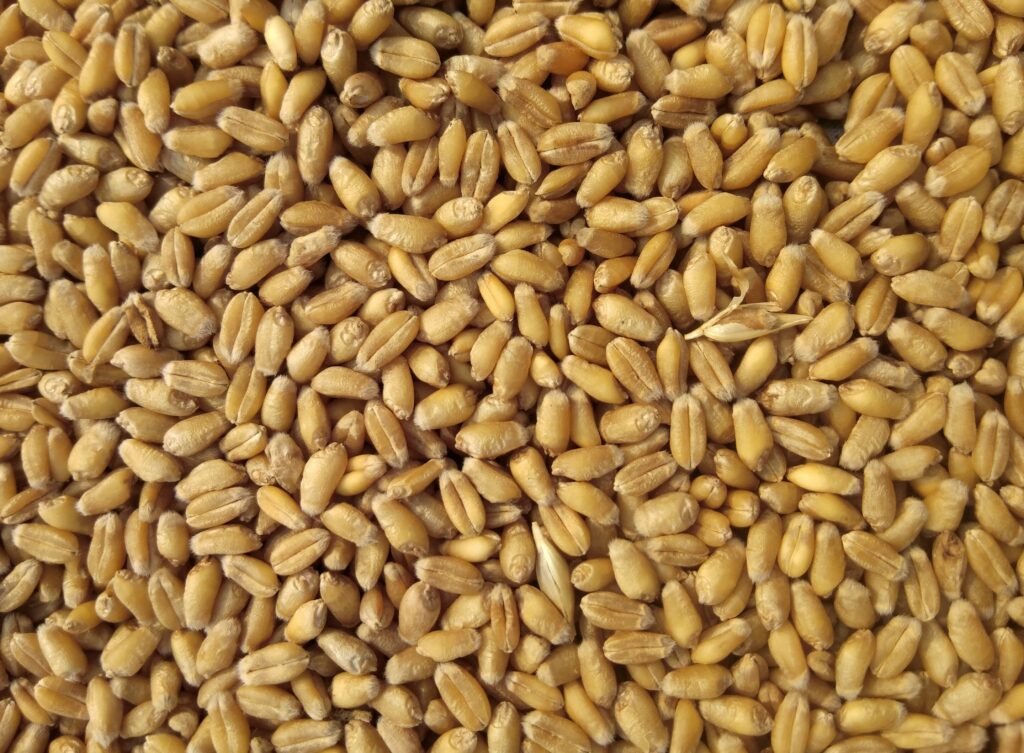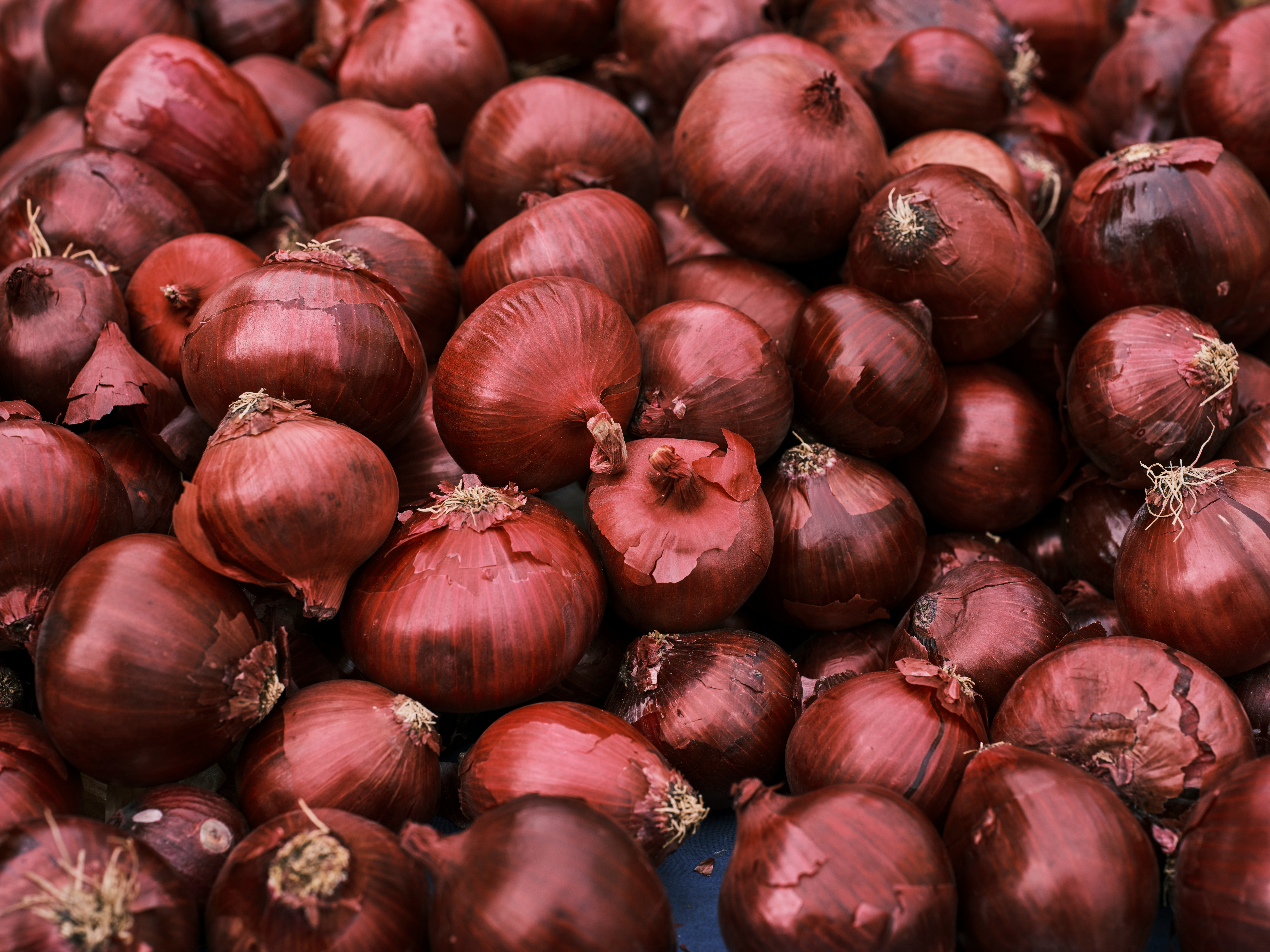
Wheat is one of the most widely cultivated and consumed cereals in the world. Its versatility, nutritional value, and role in human history make it an essential staple for millions. In this comprehensive guide, we’ll explore everything you need to know about wheat – from its types and nutritional benefits to its applications in modern diets.
What is Wheat?
Wheat is a cereal grain that belongs to the grass family. It has been cultivated for over 10,000 years and is a primary source of carbohydrates, proteins, and fiber. Wheat is commonly processed into flour, which serves as the base for bread, pasta, pastries, and many other foods.

Types of Wheat
Understanding the types of wheat can help you choose the best one for your health and cooking needs:
- Hard Red Wheat: High in protein, ideal for bread making.
- Soft Red Wheat: Lower protein content, perfect for pastries and cakes.
- Durum Wheat: Used mainly in pasta due to its high gluten content.
- White Wheat: Milder flavor and lighter color, suitable for all-purpose flour.
- Spelt: An ancient grain with a nutty taste, rich in nutrients.
Nutritional Benefits of Wheat
Wheat is a powerhouse of nutrients that contribute to overall health:
- Rich in Carbohydrates: Provides energy for daily activities.
- High in Fiber: Aids digestion and promotes gut health.
- Contains Essential Vitamins: B-vitamins like niacin, thiamine, and folate support metabolism.
- Mineral Source: Offers iron, magnesium, and zinc for better immunity and bone health.
- Protein Content: Supports muscle growth and repair.
Health Benefits of Wheat
Including wheat in your diet can have several health advantages:
- Supports Digestive Health: Whole wheat contains fiber that prevents constipation and promotes a healthy gut microbiome.
- Weight Management: Fiber-rich wheat helps you feel full longer, aiding in weight control.
- Reduces Risk of Chronic Diseases: Whole grains in wheat can lower the risk of heart disease and type 2 diabetes.
- Boosts Energy: The carbohydrates in wheat provide sustained energy throughout the day.
- Enhances Skin and Hair Health: Vitamins and minerals in wheat contribute to glowing skin and stronger hair.
Uses of Wheat in Daily Life
Wheat is incredibly versatile and appears in various forms:
- Flour: For bread, cakes, and cookies.
- Breakfast Cereals: Such as wheat flakes and porridge.
- Pasta & Noodles: Made primarily from durum wheat.
- Snacks & Baked Goods: Crackers, biscuits, and pastries.
- Beverages: Wheat-based drinks like wheatgrass juice.

Tips for Choosing and Storing Wheat
- Go for Whole Wheat: Whole wheat retains all the nutrients compared to refined flour.
- Check for Quality: Ensure the grains are free from pests and moisture.
- Store Properly: Keep wheat in an airtight container in a cool, dry place to maintain freshness.
- Organic Options: Consider organic wheat to avoid pesticides and additives.
Conclusion
Wheat is more than just a staple food; it’s a nutrient-rich grain that has stood the test of time. By choosing the right type of wheat and incorporating it into your diet wisely, you can enjoy its full range of health benefits. Whether it’s in bread, pasta, or healthy snacks, wheat remains an indispensable part of modern nutrition.
✅ Join our WhatsApp Channel for daily wheat tips, recipes, and health guides: https://www.whatsapp.com/channel/0029VbBz1Ni5vKAHRbmLNy45
- wheat benefits
- types of wheat
- whole wheat nutrition
- wheat health benefits
- uses of wheat
- wheat recipes
- wheat for digestion
- wheat diet tips




